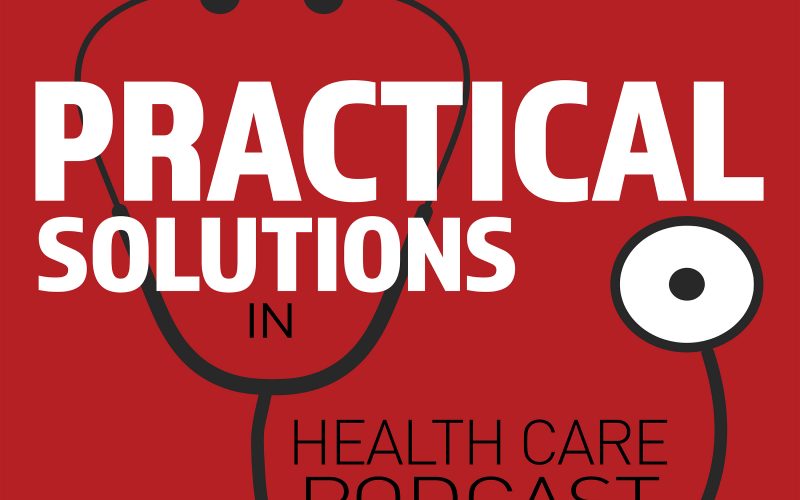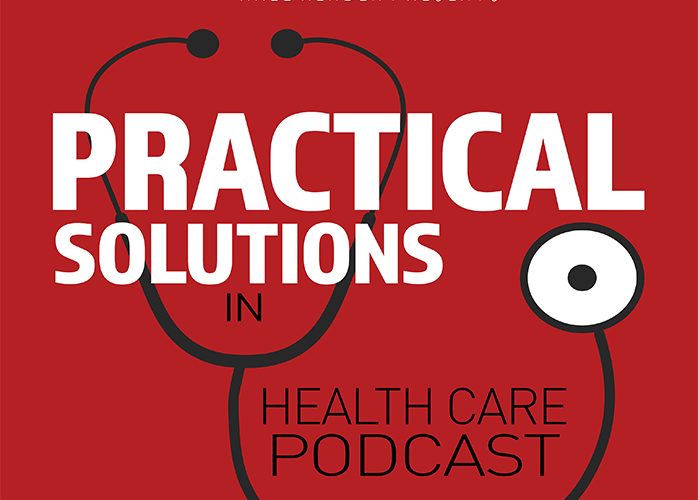Preparing for the End of Stark Law Blanket Waivers: Insights and Strategies for Health Care Providers
Preparing for the End of Stark Law Blanket Waivers: Insights and Strategies for Healthcare Providers Hall Render attorneys Alyssa James, Erin Drummy and Joe Wolfe discuss the upcoming end of the declared federal public health emergency (PHE) on May 11, 2023, and its impact on Stark Law blanket waivers and physician arrangements. The blanket waivers…
Read MorePodcast: Play in new window | Download
Subscribe: RSS


